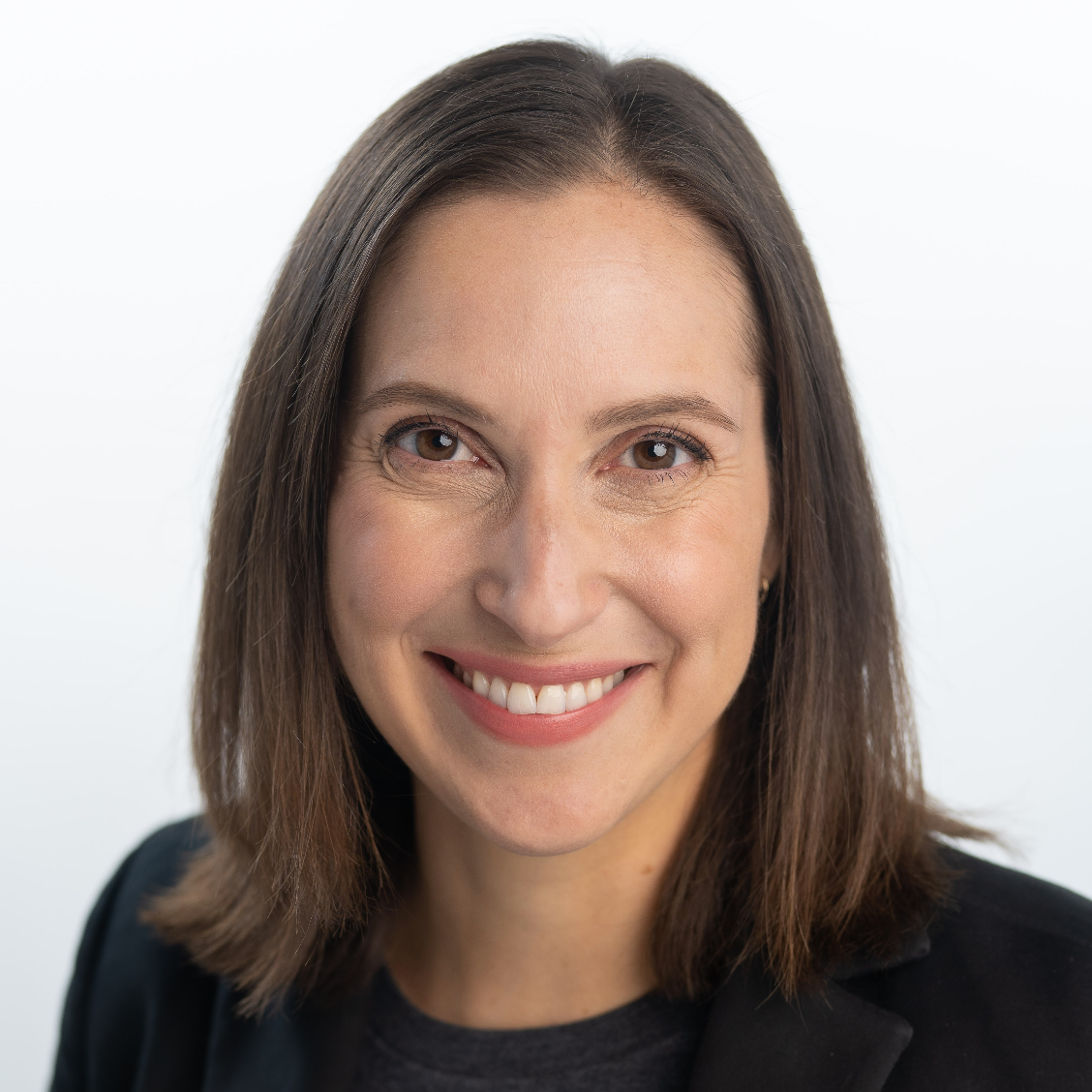
Happy Nurse Practitioner Week!

Origin Story
The nurse practitioner (NP) profession can trace its roots back to a pediatric clinic in Colorado. In 1965, the first NP program was founded by Dr. Loretta Ford, a public health nurse, and Dr. Henry Silver, a pediatrician. This was in response to an expansion of Medicare and Medicaid that left many at-risk populations without adequate access to primary care, particularly in the pediatric population. Two years later, Boston College established the first master’s-level NP program in 1967.
By 1973, more than 65 NP programs existed in the US, and that same year, the National Association of Pediatric Nurse Practitioners (NAPNAP) was established. In 1985, the American Academy of Nurse Practitioners (AANP) was established, and by 1999, there were approximately 68,300 NPs in the US. The expansion of NPs and training programs has continued, and as of 2022, there are more than 355,000 NPs in the United States.
A Variety of Practices
Nurse practitioners work worldwide in at least 26 countries, though the exact number is difficult to determine due to the differing scopes of practice and training that exist throughout differing countries.
NPs work in a variety of settings, both in the public and private sectors, but there are also several extreme areas and environments where you can find NPs practicing:
-
Assisting search and rescue elements and treating patients far from civilization in the world of wilderness medicine.
-
Transporting the smallest and sickest patients as a flight neonatal NP.
-
Treating patients in the most remote area on earth as a family NP in Antarctica.
NPs are in dermatology suites and detention centers. In neonatal ICUs and wilderness medicine teams. They're conducting research, shaping policy, mentoring students, and advocating for underserved populations.
Treating a Person, Not Just a Disease
In studies about patient satisfaction, one aspect of NP care that consistently comes up is the feeling that patients are seen and heard as a whole person, and not a diagnosis. The NP model is rooted in the nursing tradition of whole-person care. It’s not just, “What brings you in today?” It’s also: What’s your home life like? Can you afford this medication? What are your goals for your health?
NPs sit at the intersection of science and story. And patients feel that. In study after study, patients report high satisfaction with NP care. They often feel more heard, more understood, and more empowered to take charge of their health.
A Week to Celebrate And Keep Pushing Forward
This week, we celebrate everything NPs bring to the table: clinical excellence, compassionate care, and tireless advocacy. But it’s also a time to recognize the challenges NPs still face—like a lack of clinical preceptors, pay disparities, and the burnout that comes from doing too much with too little support or too many shifts.
The profession has come so far. But there’s still work to do.
So if you’re an NP, this is your reminder: You are making a difference. Whether you’re catching early cancers in primary care, stabilizing trauma in an ED, or sitting at the bedside of a scared new parent at 3 a.m., your work matters deeply.
And if you’re a colleague, patient, or policymaker? This is your nudge to support and celebrate the NPs in your world—not just this week, but all year long.
Practice-Changing Education
Experience education that goes beyond theory. Explore Hippo Education’s offerings below.

